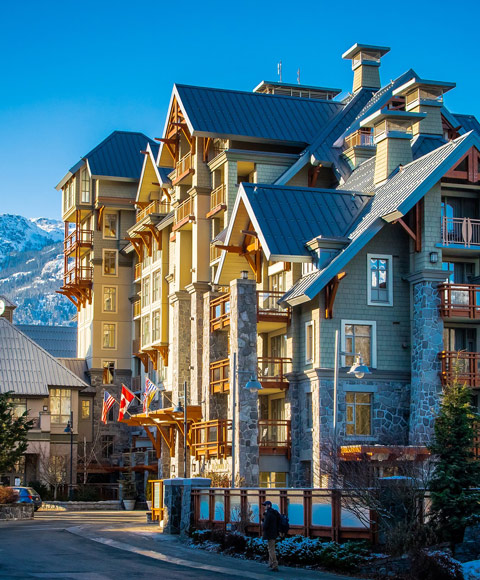Posted on
January 4, 2024
by
Kevin Leuschen
SASKATCHEWAN CLOSES 2023 WITH SIXTH CONSECUTIVE MONTH OF ABOVE-AVERAGE SALES
Saskatchewan is reporting above-average sales for the sixth consecutive month, with 757 sales across the province in December, a year-over-year gain of 19 per cent and 13 per cent above long-term, 10-year averages.
Year-over-year sales gains in the second half of 2023 failed to offset earlier pullbacks, as the province is reporting a 3 per cent sales decline compared to 2022. While the year-to-date sales decrease was forecasted as the market returns to pre-pandemic sales levels, much of the decline was driven by slowing detached activity. Meanwhile, apartment and semi-detached sales levels improved and continue to contribute to strong monthly sales.
Above-average sales were met with a decline in new listings, resulting in declining inventory levels throughout the year. Inventory levels across the province dipped by over 16 per cent year-over-year in December and remain nearly 35 per cent below the 10-year average.
“Higher lending rates continue to push prospective buyers to seek more affordable options within our market while inventory levels within that market segment remain extremely tight,” said Association CEO Chris Guèrette. “When paired with declining new listings in more affordable properties, there simply isn’t enough inventory in lower price ranges right now.”
The shift toward more affordable products has increased price pressures for apartment, row, and semi-detached property types. Meanwhile, detached homes, which account for the majority of sales activity across the province, reported similar prices compared to last year. Saskatchewan reported a benchmark price of $319,300 in December, down from $324,400 in November and nearly 2 per cent above December 2022.
“Saskatchewan’s housing market continues to benefit from the economic success in our province, including a strong labour market and record population growth,” said Guèrette. “Supply challenges, specifically in the more affordable segment of the market, remain our biggest concern when looking ahead to 2024 and are likely preventing even stronger monthly sales numbers.”
###
Regional Highlights
Despite a slight dip in year-to-date sales across many regions of the province, year-over-year sales activity increased across all regions except for the Northern Region and remain significantly higher than long-term averages.
The decline in new listings across the regions in 2023 continues to drive inventory levels well below long-term, 10-year trends. The Saskatoon-Biggar Region (4.42 months of supply) and the Regina-Moose Mountain Region (5.43) continue to experience the tightest conditions in the province – while the Swift Current-Moose Jaw Region (8.65), Yorkton-Melville (8.84), and Prince Albert Region (8.43) saw a shift to more balanced conditions.
Price Trends
Benchmark prices varied across the province in December, as the communities of Humboldt (+6.2 per cent), Meadow Lake (+4.2), Melfort (+0.7), Melville (+4.8), Moose Jaw (+1.4), Prince Albert (+2.3), Saskatoon (+5.5), and Yorkton (+1.8) all reported year-over-year price gains.
In contrast, Estevan (-7.5 per cent), Regina (-4.1), Swift Current (-4.9), and Weyburn (-5.3) reported year-over-year price declines.
City of Regina
The City of Regina reported 188 sales in December, a year-over-year gain of nearly 25 per cent and 24 per cent above long-term trends.
Despite significant new listing growth in December, the number of new listings decreased by 12 per cent in 2023. This resulted in further reductions in inventory levels, which remain over 33 per cent below long-term averages in the Queen City.
Strong sales and below-average inventory were not enough to prevent price adjustments in December, as the City of Regina reported a benchmark price of $299,800, down from $308,500 in November and 4 per cent below December 2022.
City of Saskatoon
The City of Saskatoon reported 230 sales in December, a year-over-year gain of 14 per cent and 10 per cent above long-term, 10-year averages.
Strong sales were again met with a pullback in new listings, resulting in further inventory declines, as inventory levels in the Bridge City are nearly 45 per cent below the 10-year average.
Tight market conditions supported modest price growth in December, as the City of Saskatoon reported a benchmark price of $374,100, up over 5 per cent from December 2022.
For more information:
@kevinleuschenrealestate Facebook
@kevinleuschenrealestate Instagram
Text or Call Kevin directly: 306-280-7923













